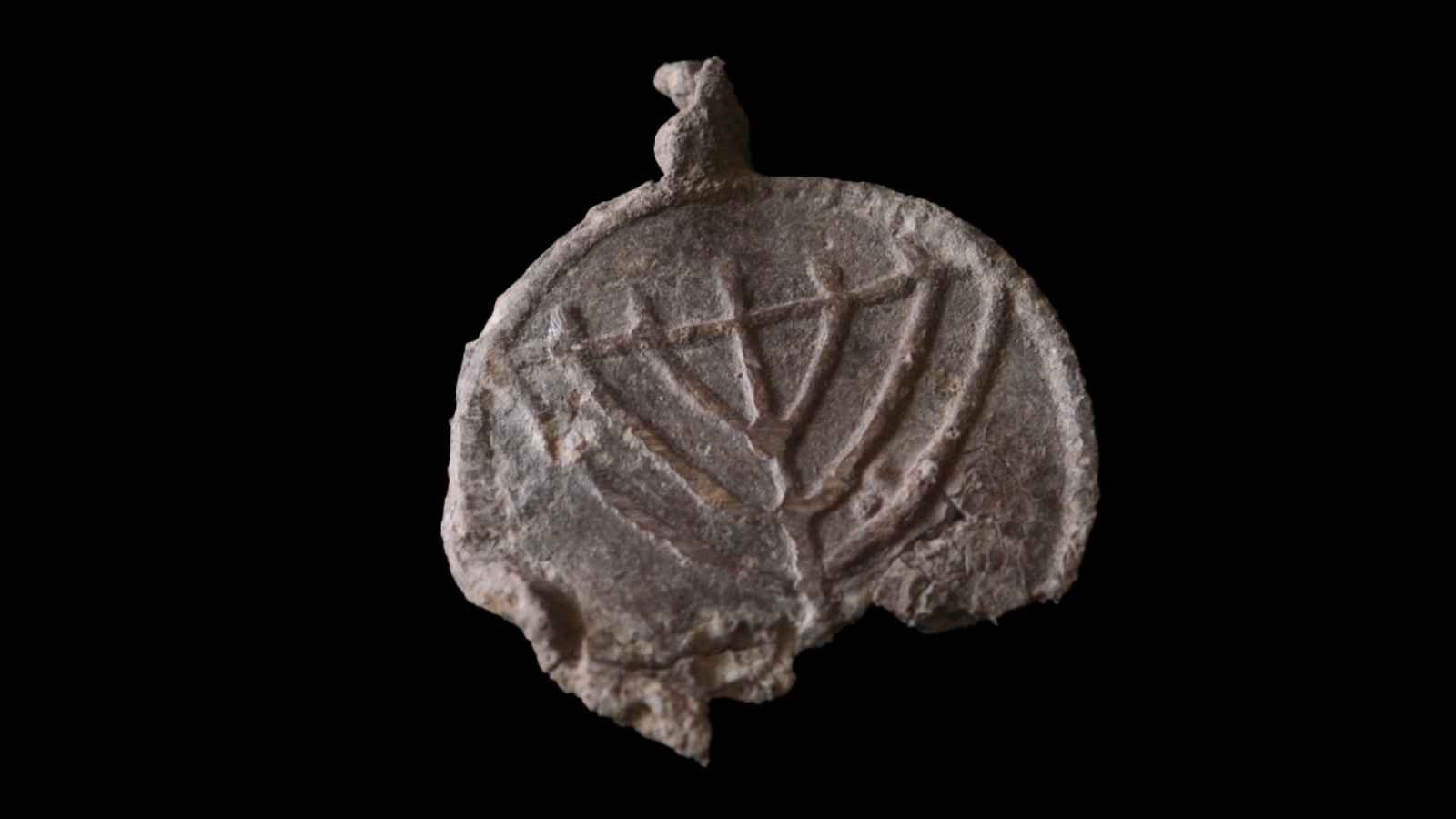Image Gallery: New Human Ancestors from Kenya
Finding Our Ancestors
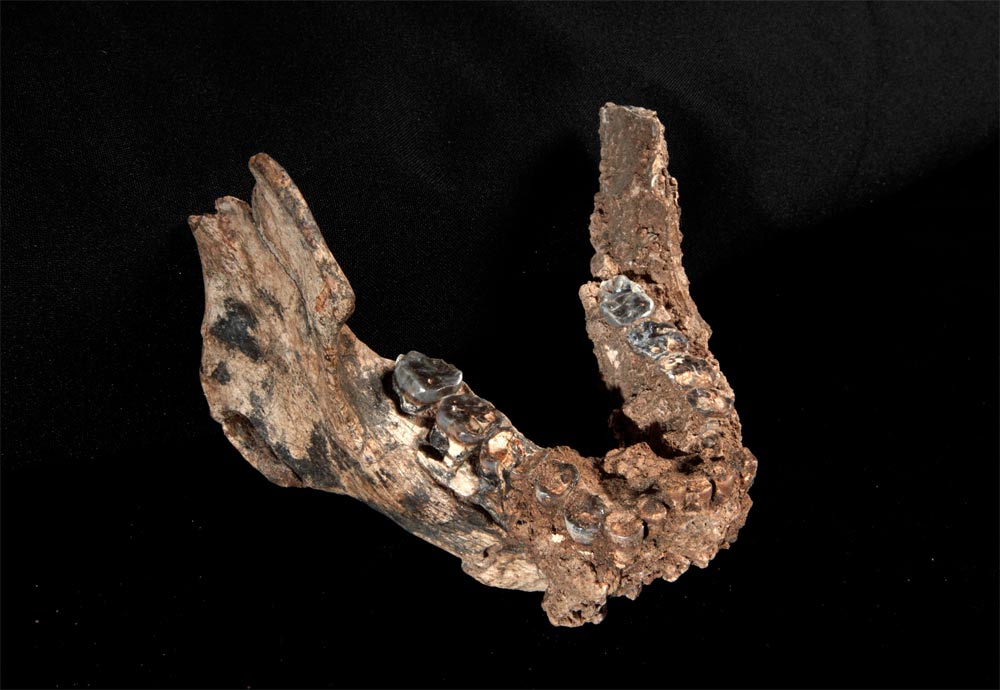
Recently discovered jawbone fossils unearthed at a site east of Lake Turkana in Kenya suggest there were two additional species of our genus, Homo, living alongside our direct human ancestor, Homo erectus, nearly 2 million years ago. Shown here, the lower jaw dubbed KNM-ER 60000 after initial restoration, but before Christopher Kiarie had carefully removed the adhering matrix. (The fossils were discovered by the Koobi For a Research Project, KFRP, led by Meave and Louise Leakey.)
Fit for a Cranium
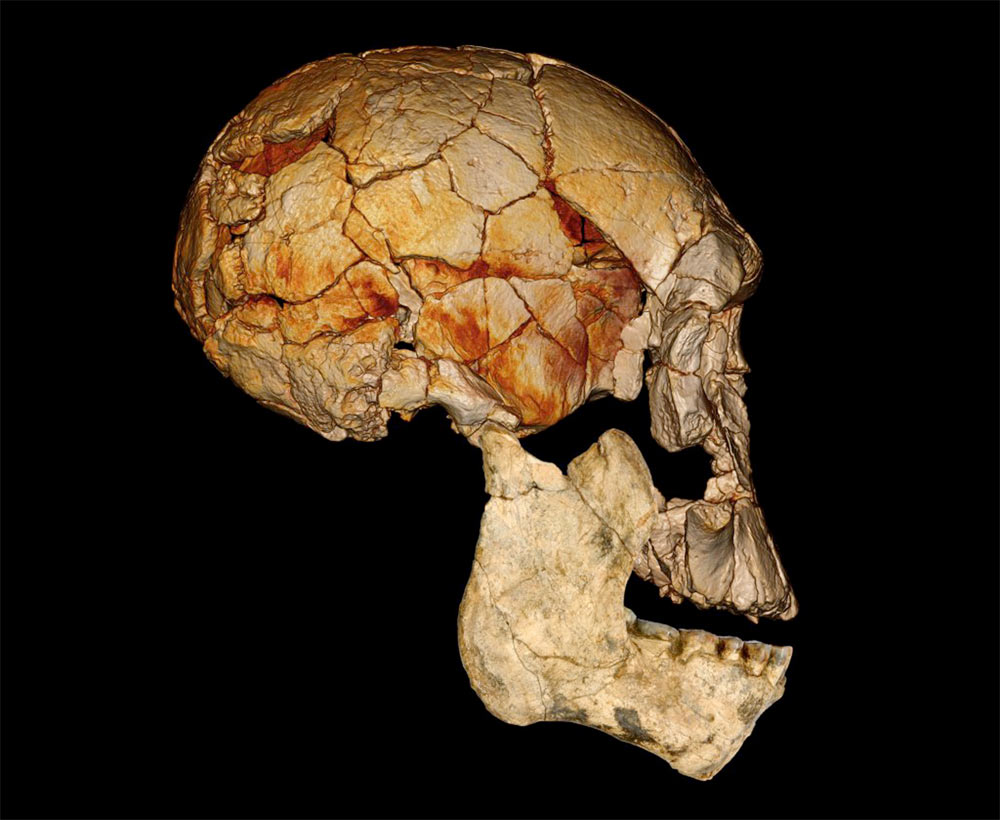
Four decades ago, in 1972, the Koobi Fora Research Project (KFRP) discovered the enigmatic fossilized skull known as KNM-ER 1470, or "1470" for short, which ignited a now long-standing debate about how many different species of early Homo lived alongside Homo erectus during the Pleistocene epoch. Shown here, 1470's cranium combined with the new lower jaw KNM-ER 60000; both are thought to belong to the same species. The lower jaw is shown as a photographic reconstruction, and the cranium is based on a computed tomography scan.
New Teeth
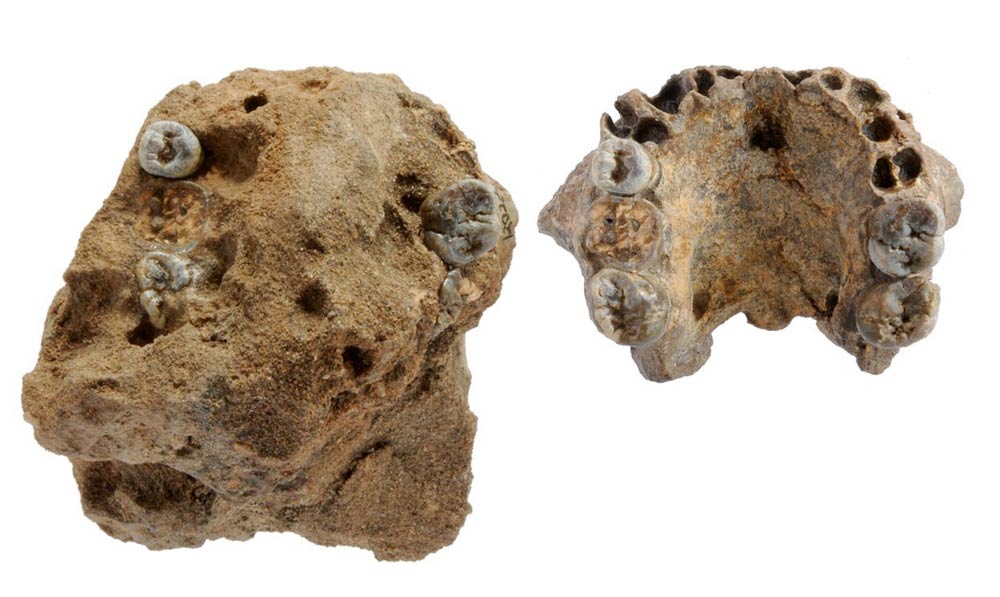
The new face KNM-ER 62000, as it was initially found, with some teeth just visible in the rock (left), and after the encasing rock was removed by Christopher Kiarie, revealing the palate (right).
Sifting Sand
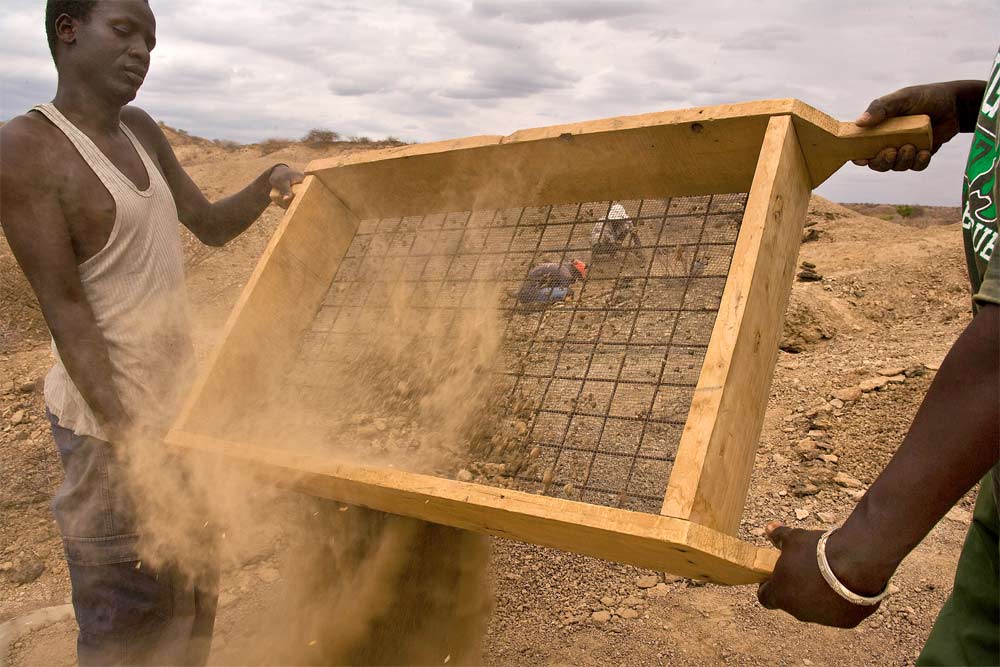
Fine sand and sediment passing through a screen at the site where KNM-ER 62000, fossils possibly belonging to a new human species, was discovered.
The Leakeys
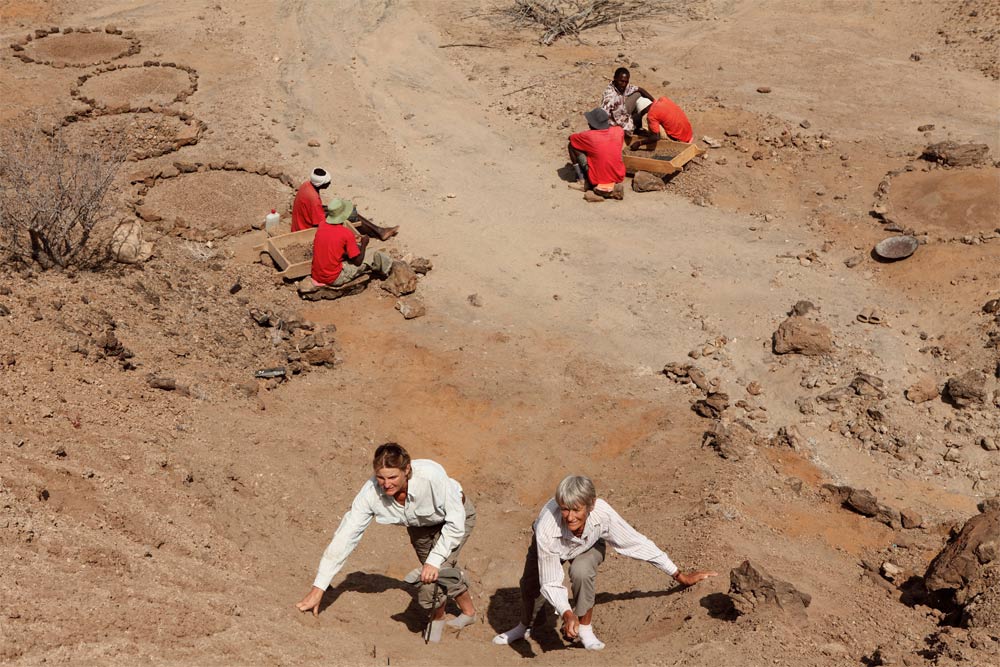
National Geographic Explorers-in-Residence Louise Leakey (left) and Meave Leakey search the slope in northern Kenya where KNM-ER 60000 was discovered while, in the background, members of the field crew screen the surface sediment hoping to find additional fragments of this fossil.
What a Find!

Meave Leakey (left) and Louise Leakey, National Geographic Explorers-in-Residence, examine the newly discovered fossil KNM-ER 62000 just after its discovery in northern Kenya.
Fossil Field Camp
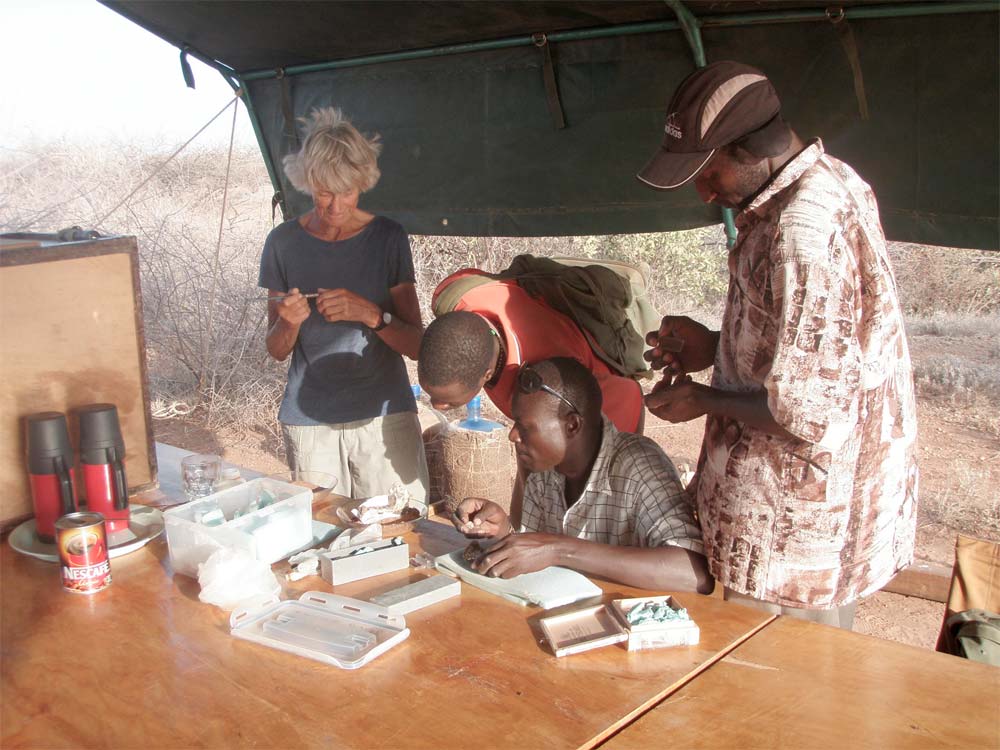
Meave Leakey (left) with Cyprian Nyete (right) and other members of the field crew reconstructing pieces of specimen KNM-ER 60000 at the field camp in 2009.
Get the world’s most fascinating discoveries delivered straight to your inbox.
Clues to Diet
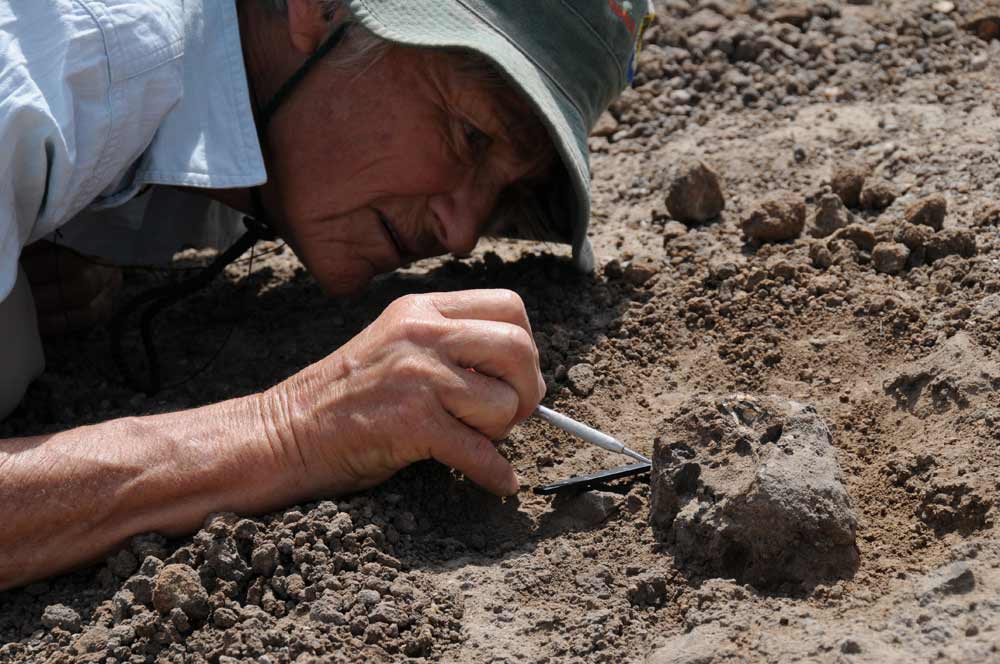
Meave Leakey carefully excavates the new face KNM-ER 62000. Researchers might be able to reconstruct what this new human species might have eaten by looking at its teeth and jaws.
Distinct Incisors
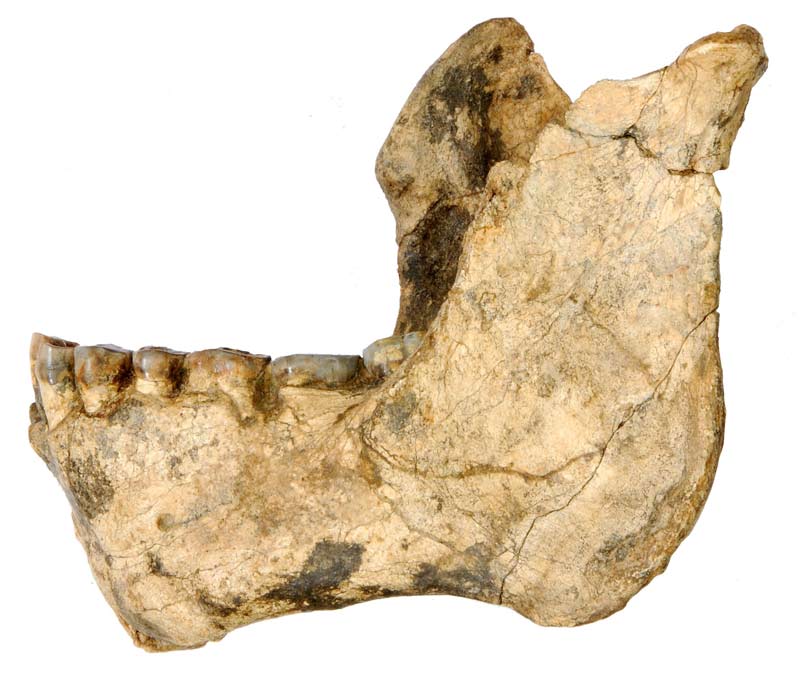
The left side of the lower jaw KNM-ER 60000, after preparation by Christopher Kiarie. "The incisors are really rather small compared to what you'd find in other early Homo [species]," said Fred Spoor at the Max Planck Institute for Evolutionary Anthropology in Leipzig, Germany. "In the back of the mouth, the teeth are large, telling us a lot of food processing was going on there ... it may be possible it ate more tough, plantlike foods than meat."
The 3D View
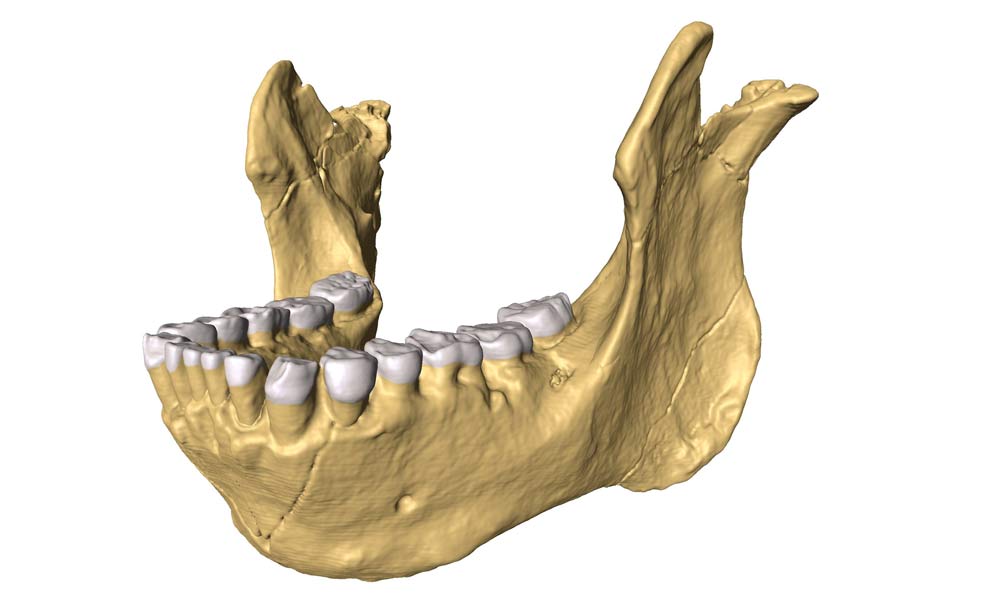
Three-dimensional reconstruction of the new lower jaw KNM-ER 60000, based on a computed tomography scan. It was created by mirror-imaging the better-preserved left side complemented with a few parts only present on the right.
Examining Fossils
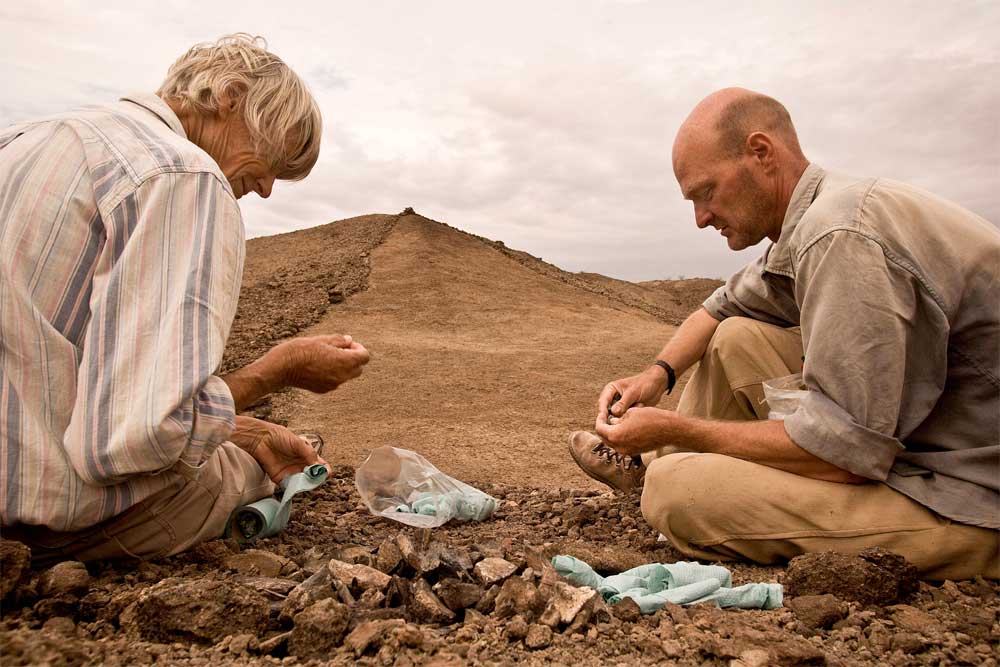
Paleontologists Meave Leakey and Fred Spoor collect fossils close to the site in northern Kenya where the new face KNM-ER 62000 was found.



